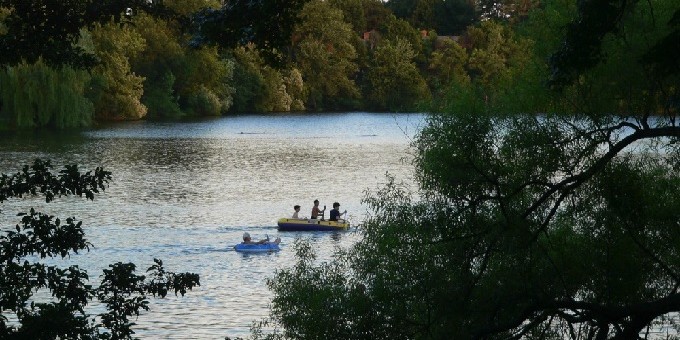Richard B. Primack, a long-time resident of Newton and a biology professor at Boston University, mentioned priorities for Newton’s Crystal Lake that have been defined by the Crystal Lake Conservancy in a recent Newton Tab article (March 17, 2021). These include “improving water quality, replacing the bathhouse, stabilizing soil in Levingston and Cronin’s coves, and planning for an uncertain summer given the unpredictability of the COVID pandemic.” The following excerpt from Primack’s piece is shared with his permission:
The main source of bacteria and phosphorus, which contributes to algal blooms, is storm water from yards, roads and sidewalks, which includes fertilizer and pet and wildlife waste. This storm water drains into the lake at various points along the shore. Swimmers are believed to be negligible sources.
In recent years, the Department of Public Works has reduced the bacteria count in the lake by repairing sewer lines, installing filters in the storm drains to keep out debris, and building storm-water infiltration areas at the bathhouse.
Phosphorus, however, is a tougher problem. Phosphorus comes from a variety of sources that all wash into the lake: fertilizers, car exhaust, and exposed soil in the coves.
Key strategies for reducing phosphorus and algal blooms is restoration of the coves to reduce soil erosion and educating residents of the Crystal Lake watershed (areas that drain into the lake) to stop using phosphorus-containing fertilizers and limit car washing. A second approach, used in 2020, involves adding aluminum sulphate (alum) into the lake to bind up existing phosphorus in sediments and prevent its release into the water.


Recently on Twitter